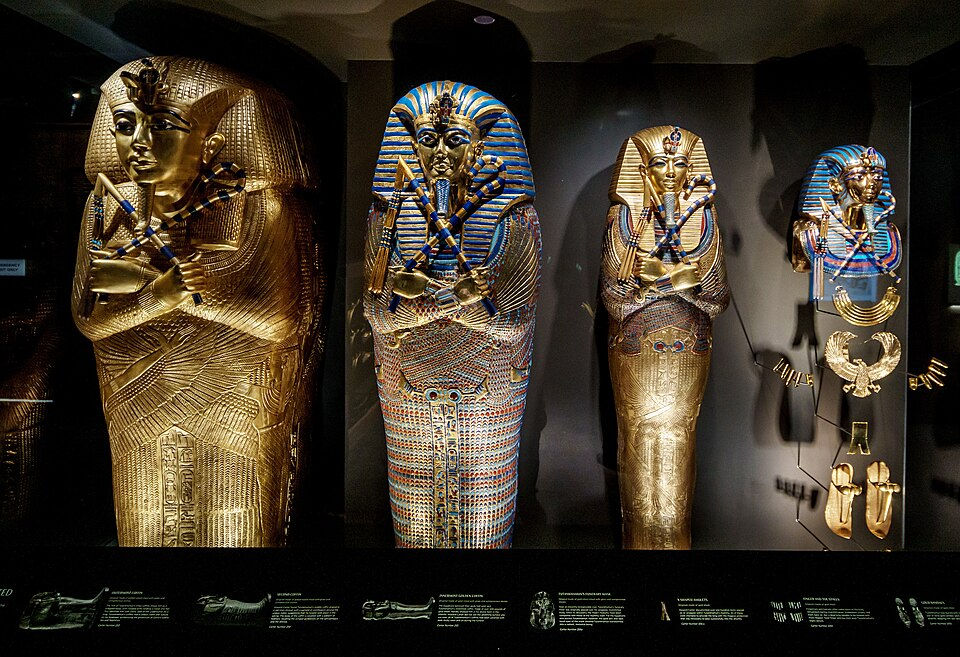How to Help the Senior in Your Life Declutter their Space
- Christian Companions

- Jul 19, 2022
- 3 min read
Over an entire lifetime, our elders can come to accumulate many things that they might not use in their everyday lives. Nevertheless, these belongings can start to clutter the home and make it difficult for seniors, or anyone, to move around. The clutter can also start to require maintenance or even require an off-site storage unit to store it all.
All of these extra items make it difficult for someone considering a move to downsize. The logistics of packing it all up, renting a truck large enough to move it, and then fitting it into a new place can feel daunting and often stifles any prospects of moving altogether.
When approaching a loved one about the need to declutter and get rid of some of their things, they might become defensive or feel like they’re being told what to do. It’s important to recognize that some items, though they may seem like junk to you, can hold special meaning to someone and have significant sentimental value.
Below are a few tips for helping the willing senior in your life declutter their spaces.
Start Small, Grow Big
When it comes to downsizing or decluttering, depending on the size of the clutter, the task can feel overwhelming and can often stifle a declutter project right at the beginning. That’s why it’s important to focus on individual spaces or rooms and declutter them space by space.
Focus on a space that seems to be less used than others and has maybe become prone to gathering clutter. Think extra bedrooms or small nooks and crannies around the house. Keeping your senior focused on one area will help them make better decisions about the items they really don’t need or use in that space.
Using this method can help you declutter an entire house by focusing on a particular room each week. Before you know it, the entire house has been decluttered and you’ll realize how much space you’ve gained.
Stay, Go, Donate
A great tip for seniors wanting to declutter their homes is to make three piles of stuff. The stay pile is for all the items for keeping. The “go” pile represents all the items that simply need to be tossed out. And the “donate” pile is the pile of things that will be donated either to a friend or relative or taken to a charity organization where they can be given a second life.
If your loved one is having trouble deciding between the three piles, a “maybe” pile can be established as a placeholder for some items. When the decluttering of a particular room is finished, your loved one can review the piles and sort through some of the maybes. Once the novelty or rediscovery of an item again wears off, many of the “maybe” items will inevitably find their way to the “go” or “donate” piles.
If your loved one is especially attached to all of their objects, you might consider an “unused” rule. With an unused rule, you establish a pile or set of items that they wish to keep but if they are not used within a certain timeframe, they have to be reevaluated towards the go or donate piles. For example, maybe your loved one has a particular coffee mug or cup that they really don’t want to get rid of. Let them keep it around but on the condition that if it’s not consistently used within the next few months, they agree to toss it out or give it away.
Don’t Push, Guide Instead
Oftentimes the act of decluttering goes hand in hand with a big move or big changes. It’s important to help your senior start the declutter process because they’ve agreed that the benefits outweigh the clutter. But some items will simply hold significant sentimental value and will be difficult for them to give up. That is okay and part of the process. Much of the process of decluttering isn’t simply to throw everything away but rather have someone focus on the important things in their lives and start to shed all the extra things.
This is a process for the house as much as it is for the person doing the decluttering and it should be respected as such. Help your loved one give proper goodbyes to particular items. Ask and learn about any items they might seem particularly attached to and you might find the story so compelling that you understand why they are hesitant to get rid of it.





Comments